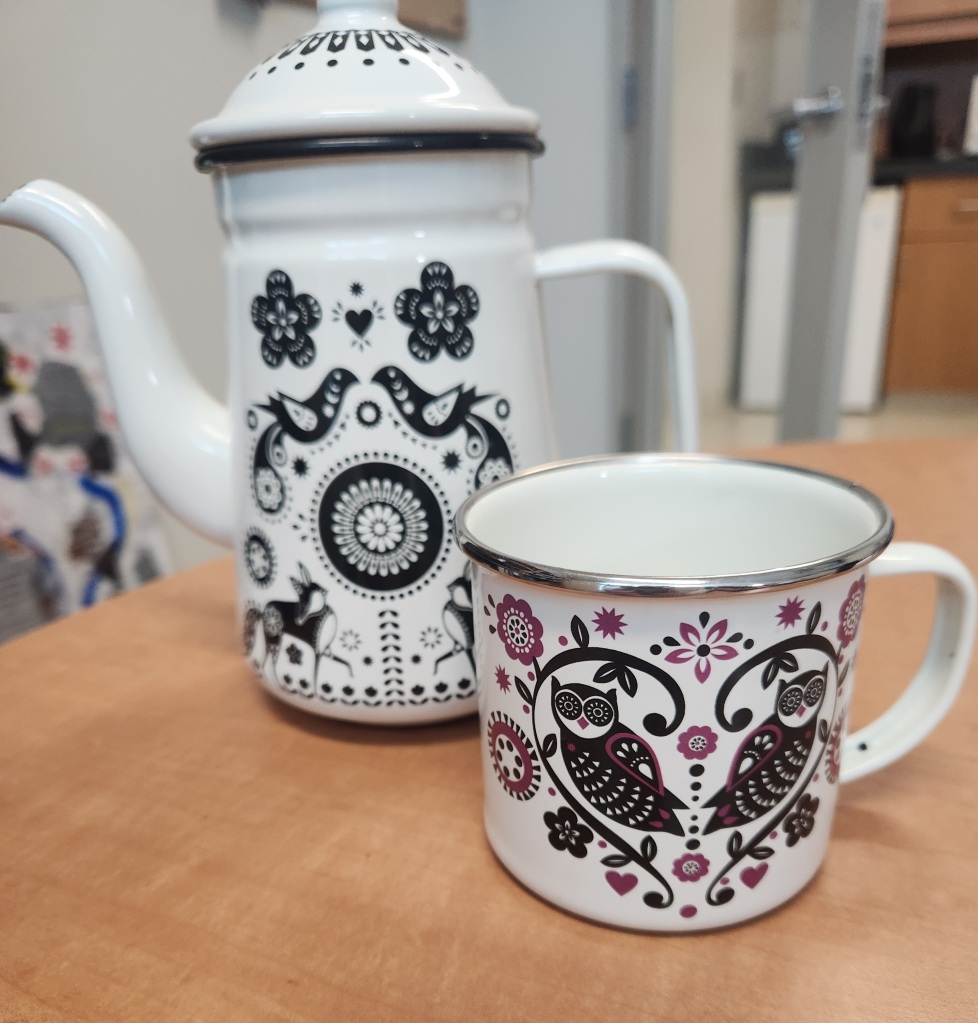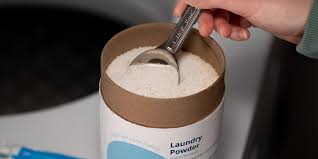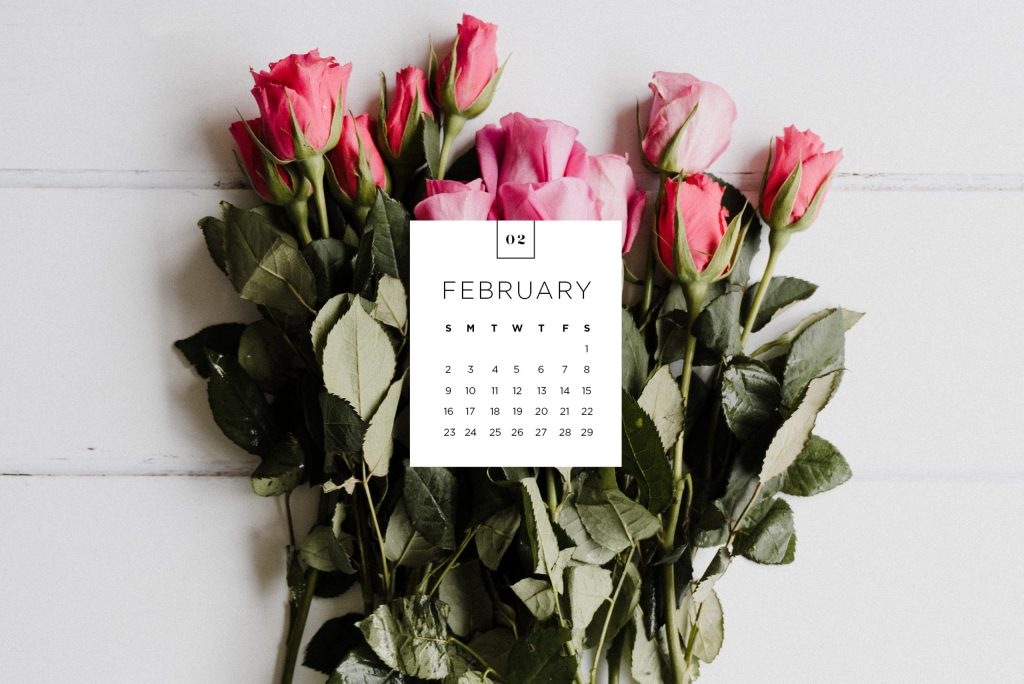
An aspect of slow living that I like to practice is finding beauty in the mundane. I think we spend so much time pursuing a culture of busyness and countless hours of scrolling on social media, that we forget to look around us to appreciate the wonder and beauty that surrounds us. The ordinary things around us are so often overlooked and taken for granted, but perhaps we need to see them with new and open eyes. I often think of the fourteen-word Ezra Pound poem In a Station of the Metro: “The apparition of these faces in the crowd; Petals on a wet, black bough.” There are so many examples of beauty in the world around us, such as a moment captured while taking a train, but most of us are simply too busy “being busy” to pay any attention. Beauty doesn’t have to hit you on the head like the proverbial Road Runner anvil; it’s there is so many subtle ways, if only we pay attention. Recording some of these mundane examples of beauty helps me to keep attention focused on looking for them. To quote author Michael Pollen, “There is just wonder right in front of us, and we don’t spend enough time thinking about it.”

A favourite pastime of mine is visiting local coffee shop and settling in with a book and some people watching. The picture above features espresso, my favourite coffee beverage, and a vegan cardamom bun from the newly opened plant-based coffee shop Bramble Cafe. This picture makes me especially happy because I absolutely love cardamom buns (and most things Swedish), but vegan versions are hard to come by. Most importantly is the availability of a plant-based cafe, which makes my soul sing. I can’t think of a more perfect combination of elements.

I found this beautiful plum-coloured pair of Converse in a local consignment store. I needed to replace an older pair of nicer sneakers, so I was delighted when I found these shoes at less than half the retail price. These are my first pair of Converse and I didn’t realize how good they look on the foot, and especially in this colour. I kept looking down at my feet as I was walking in them to the Bramble Cafe on their first outing and couldn’t keep the smile off my face.

I visited Fisherman’s Cove, in Dartmouth, over the Easter Weekend. The shops were all closed because of the holiday, but I still enjoyed walking around the houses. The cove is a restored 200-year old fishing village, showing the traditional colourful homes for which Nova Scotia is famous. These houses contain shops and restaurants. I would like to visit the Cove during the summer, when it will be busier and, fortunately, it is accessible via public transit. The stores look at little kitschy for my taste, but it would be good fun to explore them. I very much enjoyed seeing McNab’s Island from the Cove perspective, rather than the Halifax Waterfront vista.

I’ll be heading to the UK in June, and this reminded me of the enamel coffee pot and mug that I bought from Liberty the last time I was there. They are part of the folklore series created by Ukrainian artist Nina Jarema. I’ve always loved enamel cups, likely because they remind me of the white mugs that my maternal grandfather used when he served with the RAF. I avoid collecting items, as it goes against my minimalist ethics, but I couldn’t pass this set when I saw it. I’ve had it for years, but I don’t often think to simply look at it just to appreciate its beauty.











